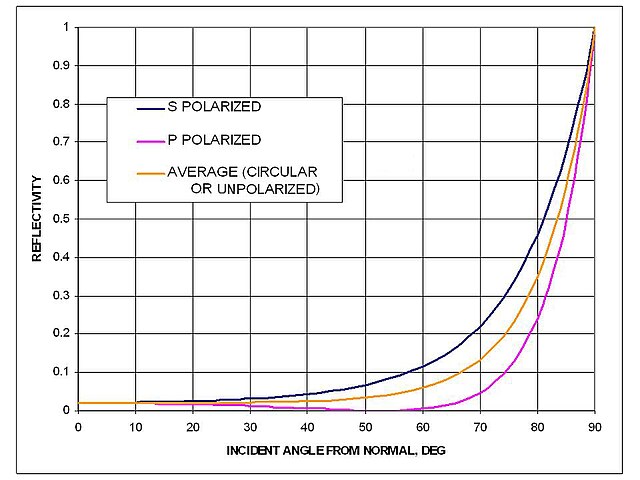Cloud albedo is a measure of the albedo or reflectivity of a cloud. Clouds regulate the amount of solar radiation absorbed by a planet and its solar surface irradiance. Generally, increased cloud cover correlates to a higher albedo and a lower absorption of solar energy. Cloud albedo strongly influences the Earth's energy budget, accounting for approximately half of Earth's albedo. Cloud albedo is influenced by the conditions of cloud formation and variations in cloud albedo depend on the total mass of water, the size and shape of the droplets or particles and their distribution in space. Thick clouds reflect a large amount of incoming solar radiation, translating to a high albedo. Thin clouds tend to transmit more solar radiation and, therefore, have a low albedo. Changes in cloud albedo caused by variations in cloud properties have a significant effect on global climate, having the ability to spiral into feedback loops.
NASA graphic representing the distribution of solar radiation
Image of cirrus clouds taken in Russia uploaded to Wikimedia Commons by user Knopik-som
Archetypical anvil shaped cumulonimbus cloud photographed by Simon Eugster in April 2005
Increased cloud droplet concentration and albedo due to aerosol effect
Albedo is the fraction of sunlight that is diffusely reflected by a body. It is measured on a scale from 0 to 1. Surface albedo is defined as the ratio of radiosity Je to the irradiance Ee received by a surface. The proportion reflected is not only determined by properties of the surface itself, but also by the spectral and angular distribution of solar radiation reaching the Earth's surface. These factors vary with atmospheric composition, geographic location, and time.
This image depicts a diagram of the albedo effect. This image showcases where the suns energy is getting distributive. It helps to highlight what surfaces reflect and what surfaces absorb.
Greenhouses of Almería, Spain
Reflectivity of smooth water at 20 °C (68 °F) (refractive index=1.333)
The moon Titan is darker than Saturn even though they receive the same amount of sunlight. This is due to a difference in albedo (0.22 versus 0.499 in geometric albedo).








